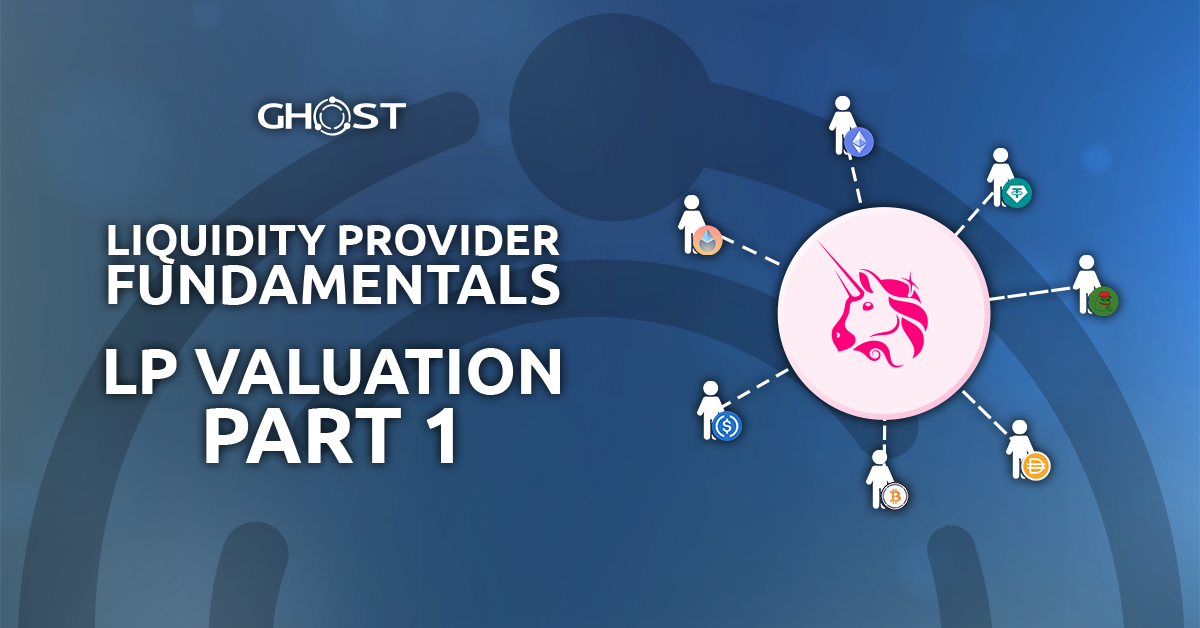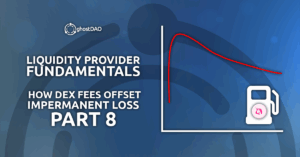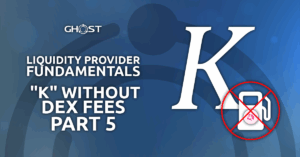Understanding the Liquidity Provider Role
Liquidity providers serve as the backbone of decentralized exchanges (DEXs), supplying the essential trading pairs that enable seamless transactions. In return for this service, they earn a portion of the DEX trading fees. But how exactly do these compensation mechanisms translate into tangible returns?
This critical question, surprisingly, lacks comprehensive answers across online resources. Our multi-part series aims to provide complete clarity – stay with us through each installment for full mastery of liquidity provider economics.
The Nature of DEX Compensation
Unlike traditional exchanges where fees are distributed as separate payments, DEXs automatically reinvest commissions directly into the liquidity pool. This means:
- Fees accumulate within the pool’s total value
- Rewards compound automatically
- Compensation is proportional to each provider’s stake
Valuing LP Positions: Market Perspectives
LP tokens present unique valuation challenges since they aren’t traded on open markets. The prevailing industry approach calculates value by summing the underlying assets:
Where:
- x: Quantity of Token X
- y: Quantity of Token Y
- P(X): Price of Token X
- P(Y): Price of Token Y
Individual LP’s value that belongs to liquidity provider Alice is then determined by:
Price Relationships in Liquidity Pools
The pool’s internal pricing mechanisms create elegant mathematical relationships.
The price of Token X in terms of Token Y is:
The price of Token Y in terms of Token Y is just itself:
When we plug P(X) and P(Y), we get Value(LP)total in terms of Token Y:
Similarly, Value(LP)total can be measured in terms of Token X.
The price of Token Y in terms of Token X is:
The price of Token X in terms of Token X is just itself:
When we plug P(X) and P(Y), we get Value(LP)total in terms of Token X:
Practical Example
Consider a Pool:
- QD(DAI) = 100,000 DAI
- QD(eGHST) = 10,000 eGHST
Full LP Valuation:
To finalize:
Simplified Calculation:
We can just have a shortcut as well discovered earlier, where:
In our next installment, we’ll explore how to calculate individual LP shares and examine more complex valuation scenarios.



